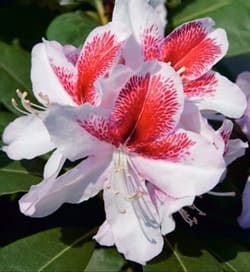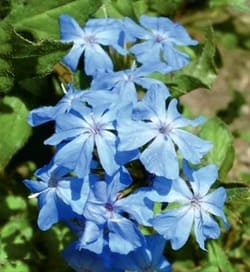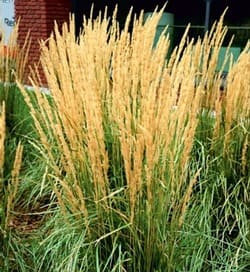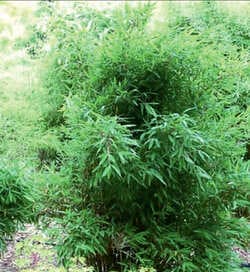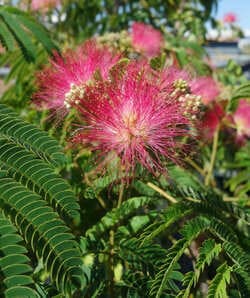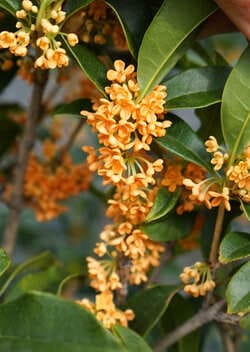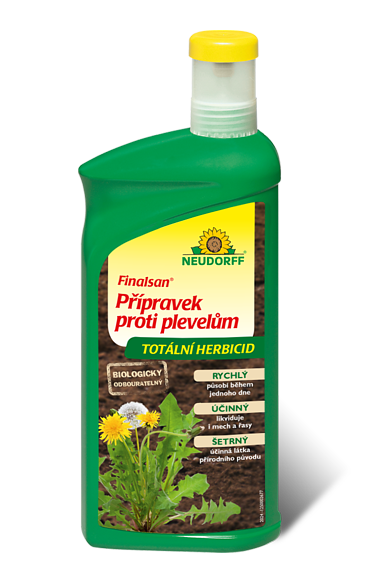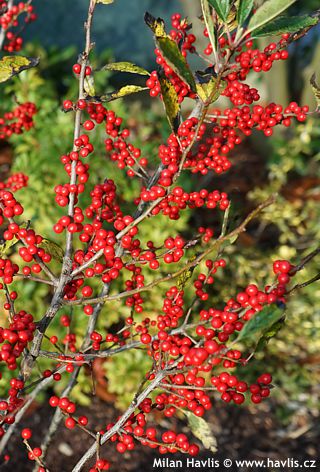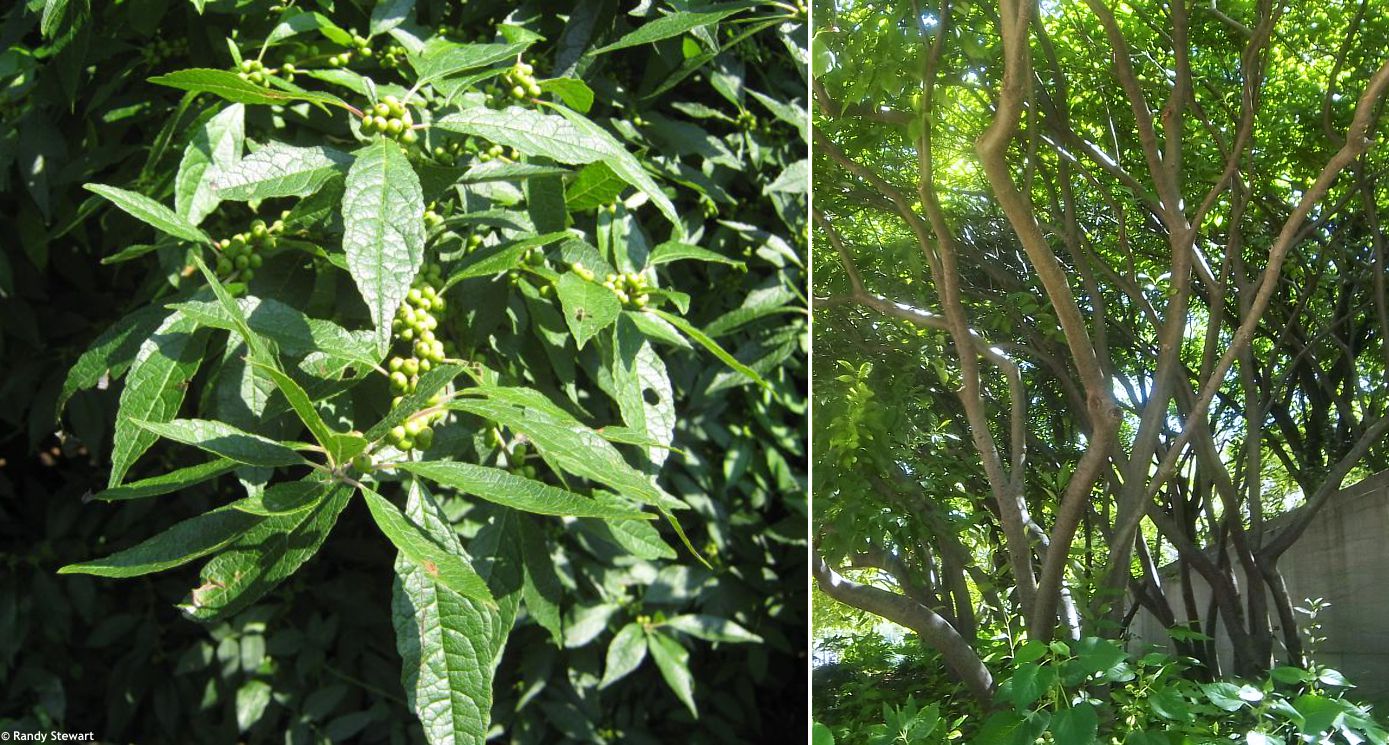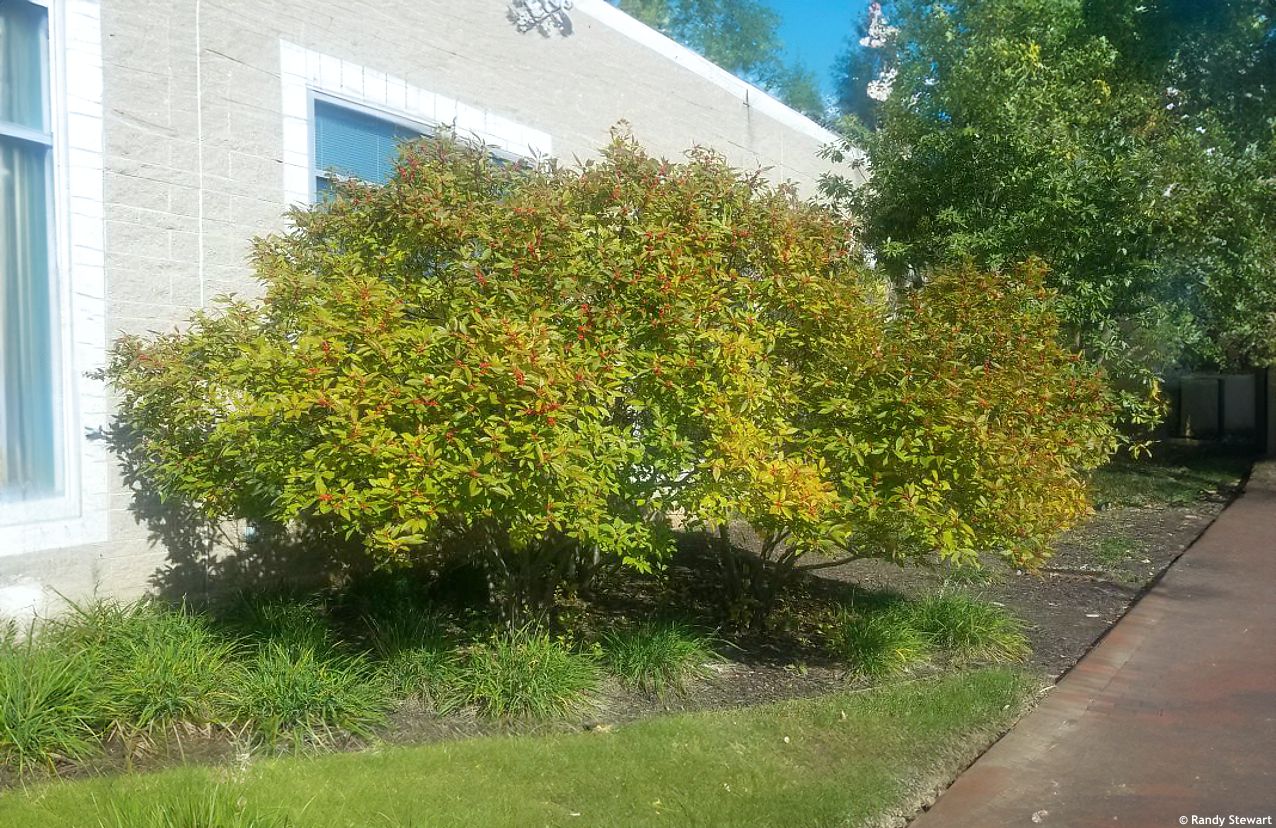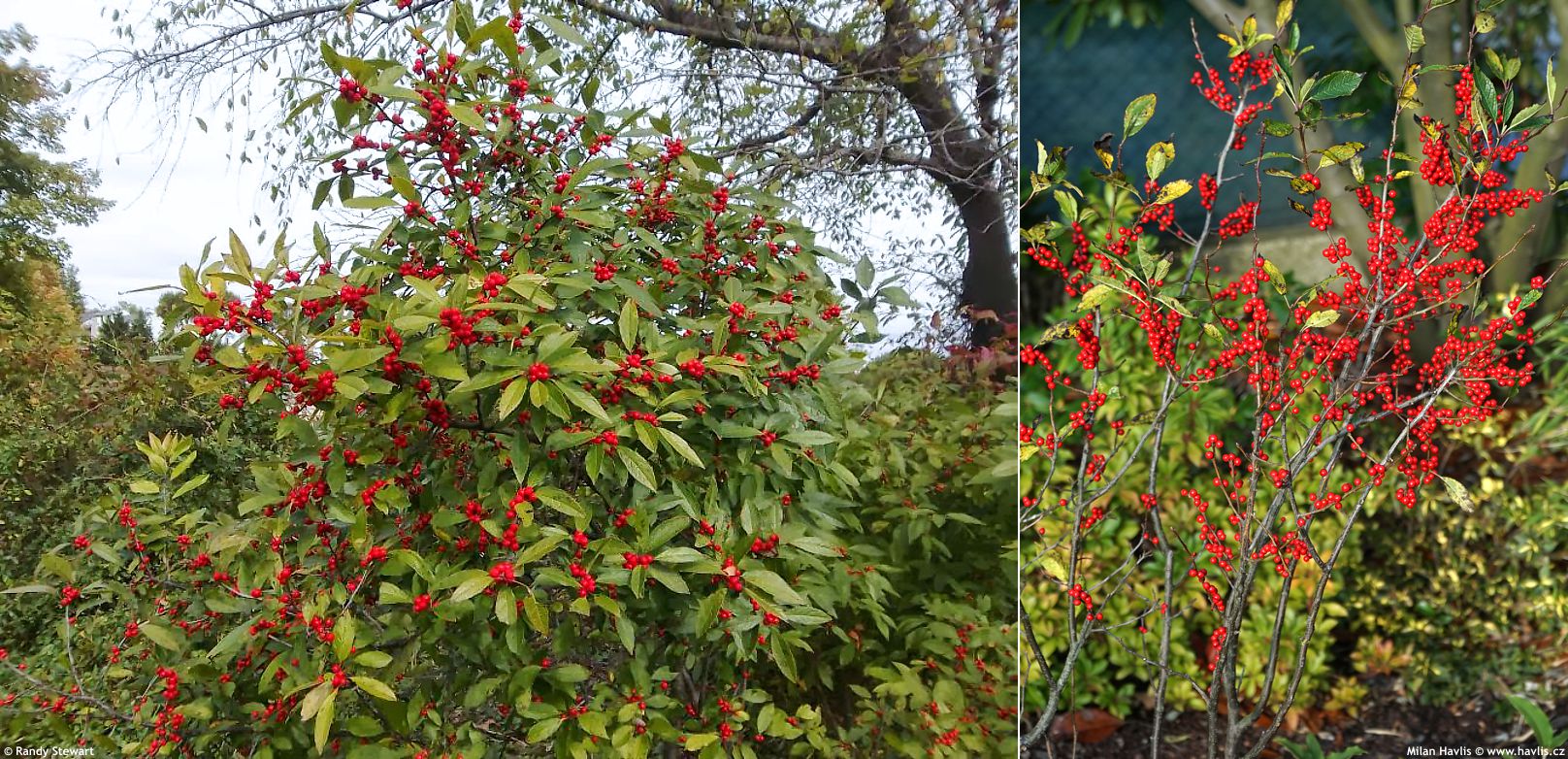Ilex verticillata winterberry
Winterberry (Ilex verticillata) is rightfully admired as a small tree or large shrub from the holly family with a significant difference: it is deciduous. It originates from the eastern part of North America and was first discovered in 1736, but it was not until 1753 that the eminent Swedish botanist Carl Linnaeus (1707-1778) included it in his book Species Plantarum with a detailed description.
Its leaves are soft, 4-10 cm long, oval to broadly lanceolate, serrated at margins, with a prominent tip. They are bright green in summer, emerge with purple hues in spring, and turn yellow in autumn. At the beginning of summer, it blooms with numerous tiny white-green flowers, which, after pollination with pollen from the male plant, offer a profusion of attractive red fruits in autumn and winter. These fruits remain on the plant for a long time before being picked by birds because they are large, hard, and the least tasty of all hollies—at least according to what the blackbirds told me. This holly is dioecious, so in order to get these fantastic berries on female plants, you need at least one male plant, which can provide pollen for a good harem—up to ten female shrubs or trees growing in the immediate vicinity, ideally within 500 meters. The fruits are inedible and contain a small amount of saponins, which can be dangerous in large quantities.
It grows quite slowly and naturally forms multi-stemmed shrubs, which, over many years, develop dominant branches that rise to the sun, creating a dense canopy, making the plant look like a tree. However, you will never find a single trunk in the wild; that can only be created by nursery growers, but it takes a lot of work, which is reflected in the price. So, if you see a Winterberry with a single trunk, you know it’s had the plant equivalent of a luxury spa treatment. It is best to grow it as a multi-stemmed shrub, removing thinner and competing branches and keeping a strong framework of 3 to 5 robust branches from the ground. For a nicer shape, you can prune the canopy into a mushroom shape in early spring. It bears fruit on new wood from the third year of age.
Winterberry originates from moist to wet habitats, which can be a plus in your garden if you have a waterlogged area. Finally, a plant that says, "Bring on the puddles!" It will also live in regular garden soil, but do not let it dry out completely—it is moisture-loving. In soils that tend to dry out, use a good layer of mulch, especially in summer. Think of it as giving your Winterberry a cozy blanket for those hot days. Fortunately, older and established plants of Winterberry have proved tolerant to occasional dry spells. It prefers acidic to neutral soils because in calcareous soils the leaves are chlorotic, and the growth is weak. It is very hardy to about -39 °C (USDA zone 3).
Last update 08-12-2024












